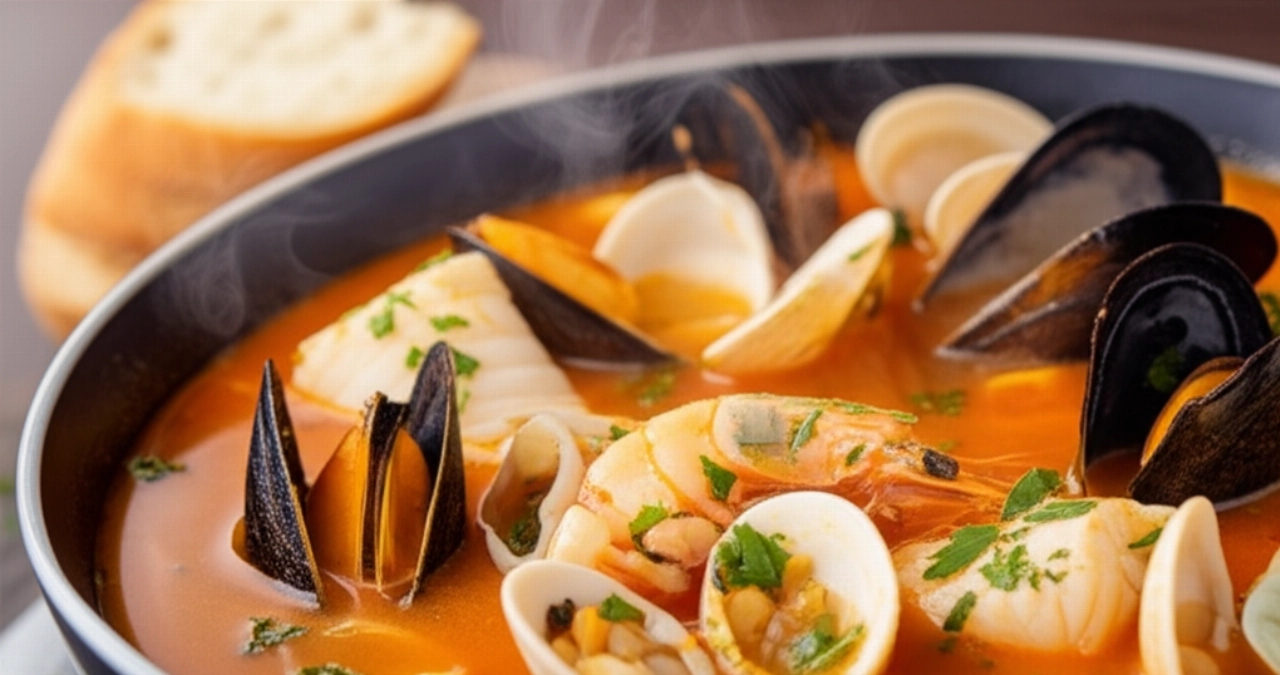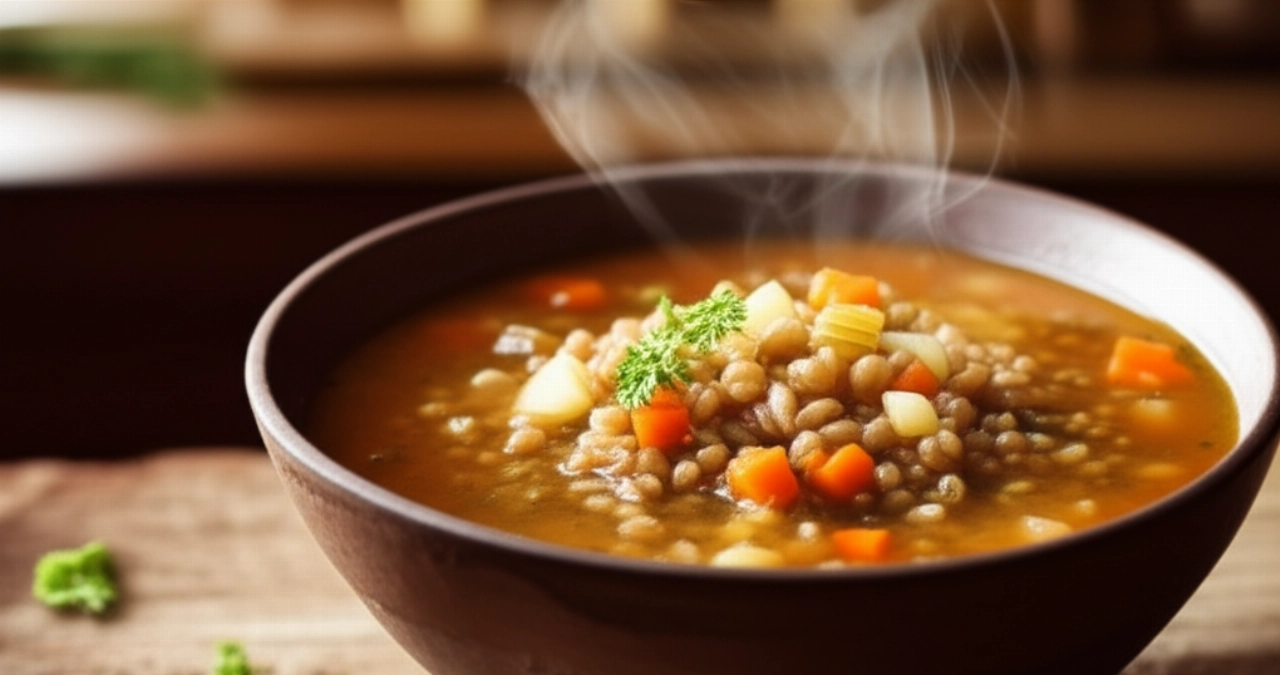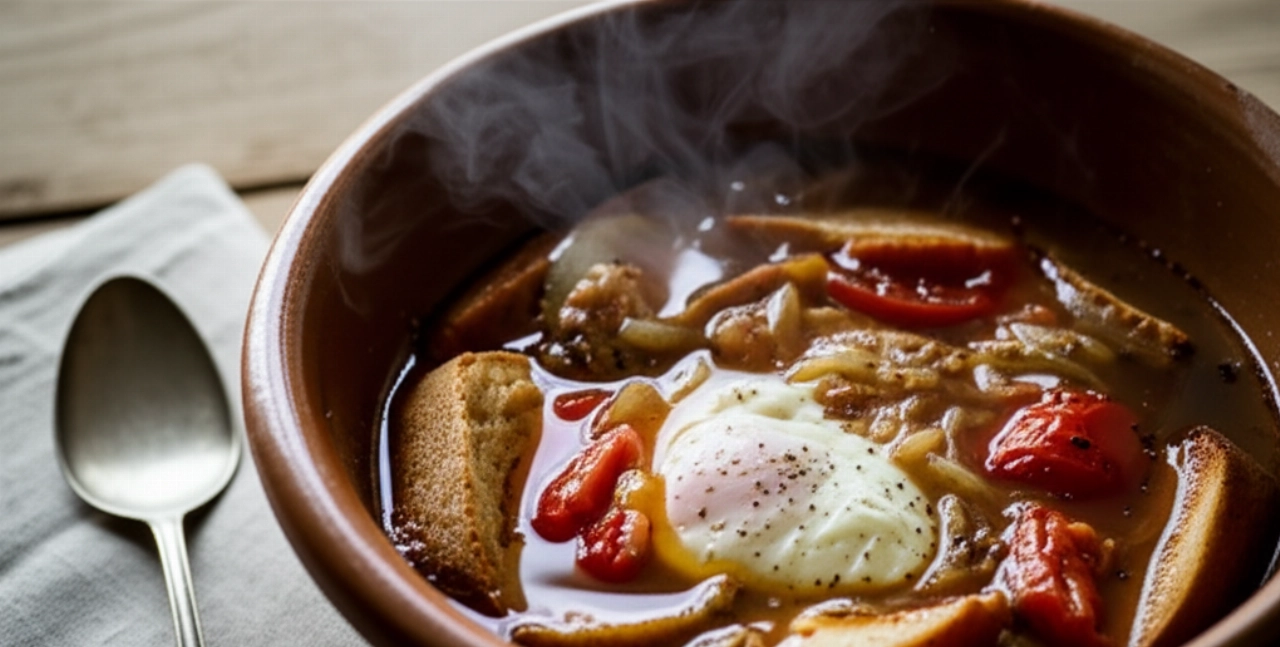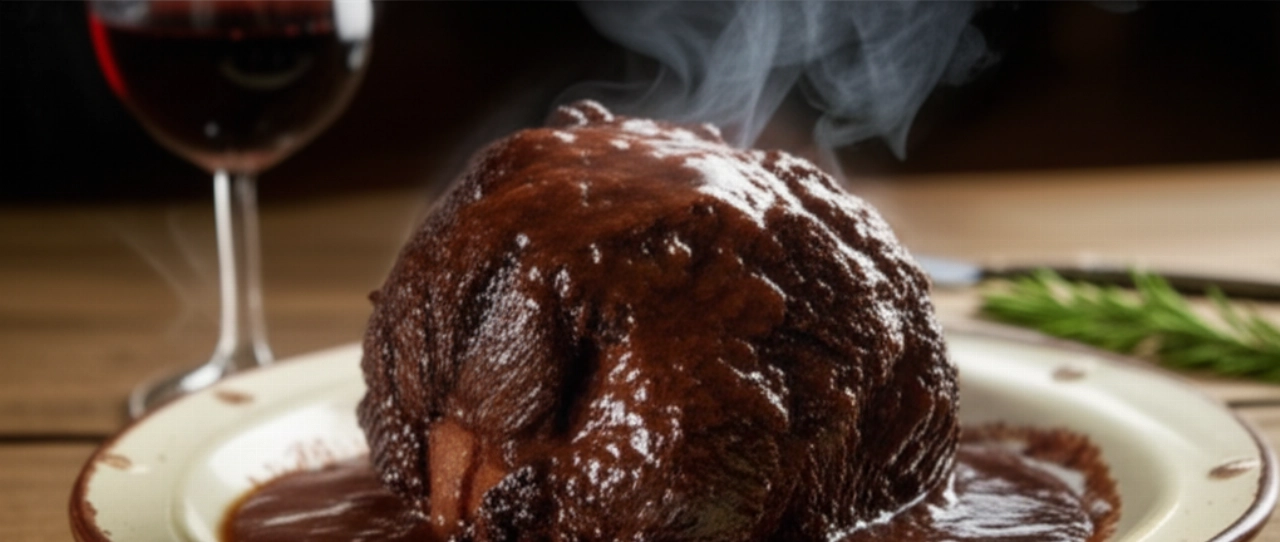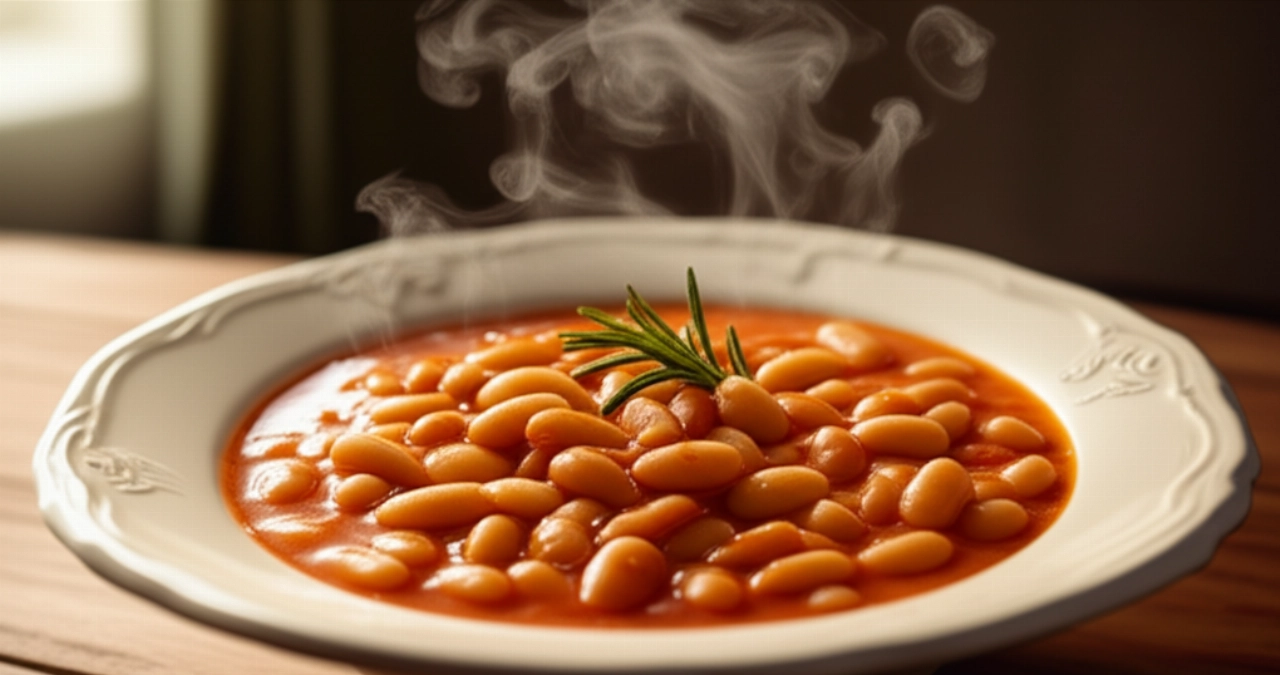Imagine the enveloping aroma of a rich soup, where earthy and garden flavors marry in a warm and comforting embrace. Do you dream of bringing the true Minestra Maritata to your table, the one that tastes of celebration, family, and authentic Neapolitan tradition?
Too often, however, it's feared to be a dish that's too complex, with meats that don't blend well or vegetables that lose their character. The risk is a 'disconnected' soup, far from the masterpiece of harmony it should be.
Make yourself comfortable. On this page, you won't just find a list of ingredients, but the definitive guide, full of tricks and tips, to prepare the most authentic and unforgettable Minestra Maritata of your life. I guarantee a success that smells of home and tradition.
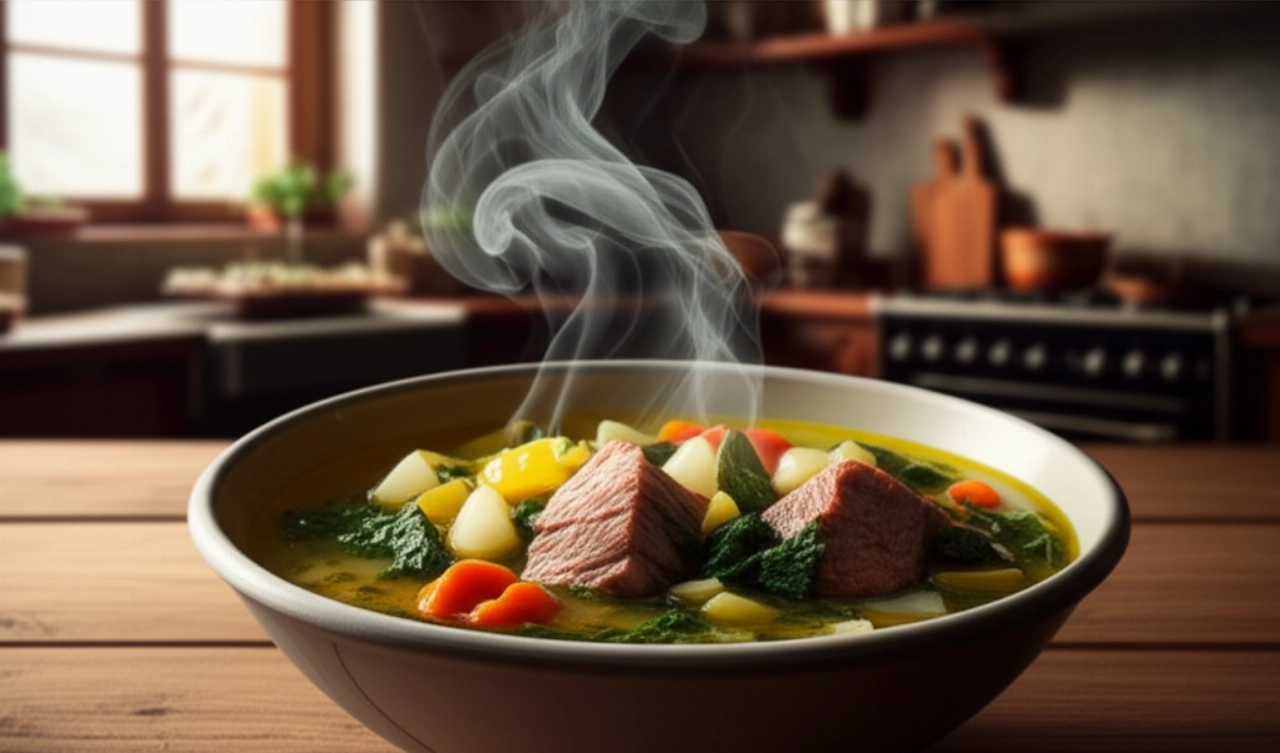
Smart Ingredients: The Choice That Makes a Difference for Your Minestra Maritata
Minestra Maritata is an ode to abundance and balance, and it all starts with the quality of the ingredients. It's not just a list, but a thoughtful selection, because each element plays a precise role in this symphony of flavors.
- The Meats: Here lies the heart of the flavor. You'll need mixed cuts: a piece of beef (like muscle or brisket point) for the rich broth, pork ribs or spareribs for savoriness and texture, and a piece of sausage or cotechino (if preparing for holidays) for that unique smoky and flavorful touch. Variety is key for a deep and complex broth.
- The Bitter Greens: They are the green soul of the soup, the perfect counterpoint to the richness of the meats. Chicory, smooth and curly endive, savoy cabbage, and broccoli rabe are essential. Choose them very fresh, with firm, bright green leaves. They will provide that slight bitter aftertaste that "marries" the flavors.
- The Broth: The base of everything. You can start with a ready-made meat broth (if of excellent quality) or, even better, prepare it yourself with the meats you'll use for the soup. A homemade broth is a flavor investment that always pays off.
- Parmigiano Reggiano (or Pecorino Romano): An indispensable final touch. Not just for seasoning, but to add savoriness and depth. Choose an aged cheese, grated at the moment.
- Extra Virgin Olive Oil: A good oil, fruity but not too intense, for the initial sauté and for a drizzle before serving.
- Aromatics: Carrot, celery, onion for the broth, and a bit of garlic for the vegetables. They are the invisible pillars of taste.

The 3 Mistakes That Make Minestra Maritata Less "Married" (and How to Avoid Them)
Even the most traditional dishes hide pitfalls. But fear not, I'm here to reveal the secrets to avoid them and guarantee an impeccable result, just like grandma would make it.
- Not Balancing Meats and Vegetables: If there's too much meat or too few vegetables (or vice versa), the dish loses its balance. Minestra Maritata is a marriage, not a solo! Ensure a harmonious proportion, where each element contributes without overpowering.
- Neglecting Vegetable Cooking: Bitter greens should be blanched separately to remove excess bitterness, then sautéed in a pan with garlic and oil. If you add them directly to the broth without this step, they might make the soup too bitter or bland.
- Rushing the Broth: A good broth takes time. Don't look for shortcuts. Slow cooking over low heat allows the meats to release all their flavors, creating a rich and enveloping base that is fundamental for the soup's success.
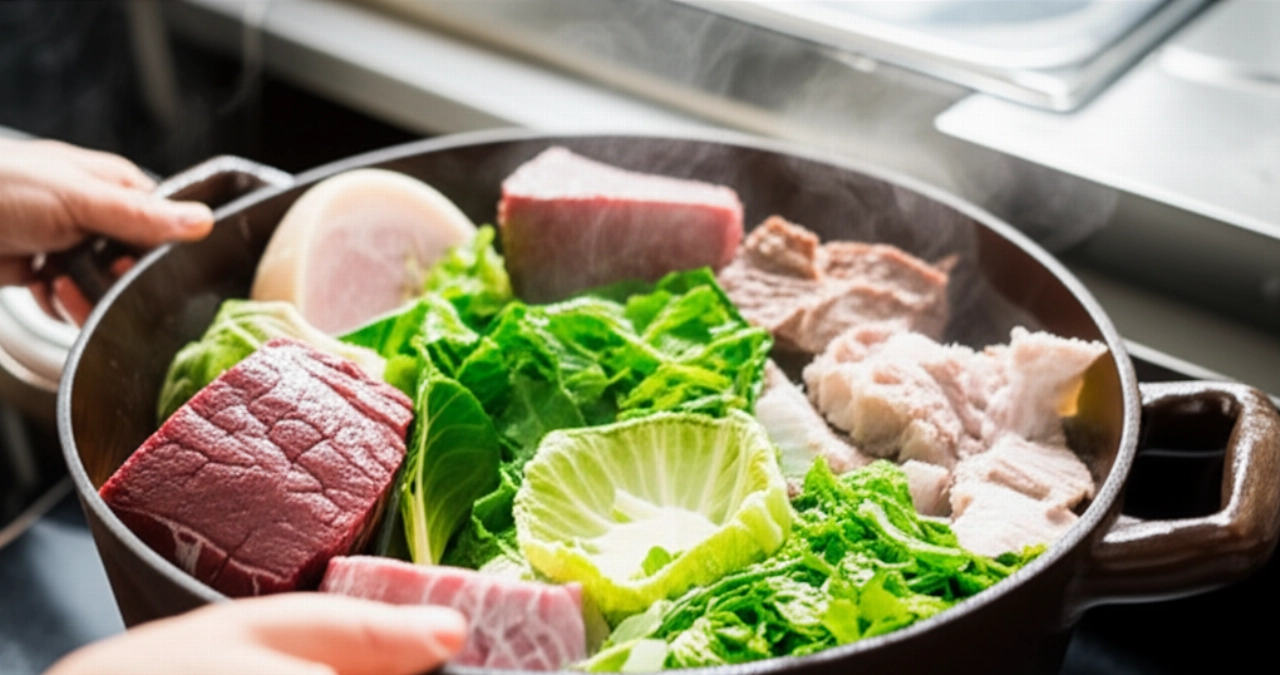
The Extra Touch: The Tip My Grandma Passed Down to Me for an Unforgettable Soup
My grandma, when preparing Minestra Maritata, had a little secret that made it even more special, a gesture of love that few know. She always told me: 'Remember, the secret is not just in the ingredients, but in how you treat them, with respect and patience.'
Her trick was to lightly brown the meats before adding them to the broth. Not just to seal in their juices, but to create a slight crust that, once immersed in the liquid, releases a deeper, caramelized flavor. This small step makes a huge difference in the final taste of the broth and the meats themselves, making every bite an explosion of flavor.
Let's Prepare Minestra Maritata Together: The Step-by-Step Guide
Now that we have all the secrets, let's get cooking! Follow each step carefully, and you'll see that your Minestra Maritata will be a masterpiece.
- Prepare the Broth and Meats: In a large pot, place the meats (beef, ribs, sausage/cotechino). Cover with cold water, add carrot, celery, and onion. Bring to a boil, skim well, then reduce heat to minimum. Let it simmer slowly for at least 2-3 hours, or until the meats are tender. Halfway through cooking, you can add a pinch of salt.
- Prepare the Vegetables: Meanwhile, clean and thoroughly wash all the bitter greens. Blanch them in salted water for a few minutes, just enough to slightly soften them and remove excess bitterness. Drain them well and gently squeeze to remove excess water.
- Sauté the Vegetables: In a large pan, heat a drizzle of extra virgin olive oil with a clove of garlic. Add the blanched vegetables and sauté them over high heat for a few minutes, seasoning them. Adjust salt.
- Assemble the Soup: When the meats are cooked, remove them from the broth and debone (if necessary), cutting them into pieces. Strain the broth to make it clear. Return the strained broth to the pot, add the cut meats and the sautéed vegetables.
- The Final Touch: Let everything simmer together for another 15-20 minutes, so that the flavors "marry" perfectly. Taste and adjust salt if necessary.
- Serve: Serve the Minestra Maritata hot, with a drizzle of raw extra virgin olive oil and a generous sprinkle of grated Parmigiano Reggiano. Serve with toasted bread croutons.
Tips and Frequently Asked Questions about Minestra Maritata
I know you might still have some doubts, and that's perfectly fine! Here are the answers to the most common questions to clear up any uncertainty.
- Can I prepare Minestra Maritata in advance? Absolutely yes! In fact, it's a dish that improves the day after, because the flavors have more time to meld. You can prepare the broth and meats the day before, and the vegetables the same morning. Then assemble and reheat before serving.
- Which meats are essential for Minestra Maritata? Traditional meats include beef (muscle or brisket point), pork ribs or spareribs. For a richer touch, especially at Christmas, sausage or cotechino are added. Variety is key for a deep broth.
- Can I freeze Minestra Maritata? Yes, you can freeze it once completely cooled. I recommend portioning it into airtight containers. It keeps for about 2-3 months. Thaw in the refrigerator and reheat gently.
- Are bitter greens mandatory? Yes, they are a distinctive element of Minestra Maritata. Their slight bitter aftertaste is fundamental to balance the richness of the meats and give the dish its authenticity. Do not substitute them with sweet vegetables.
- How can I make the broth more flavorful? In addition to slow and prolonged cooking, you can add a ham bone or a piece of pork rind during the broth's cooking. These elements release collagen and flavors that incredibly enrich the broth.
There you have it! Now you no longer just have a recipe, but all the secrets to bring a Minestra Maritata to your table that tastes of home, tradition, and love. A dish that warms the heart and soul, perfect for cold days or special occasions.
Don't be afraid to experiment. Cooking is a gesture of creativity and generosity. But start with this solid and infallible base, and you'll see that applause and smiles won't be lacking. Every spoonful will be a journey into the authentic flavors of Naples.
Have you tried our Minestra Maritata recipe? We're very curious to see your masterpiece! Leave a comment below, tell us how it went, or share a photo on Instagram tagging @CercaRicette.it. If you loved this rich and traditional soup, you can't miss our recipe for Neapolitan Ragù: Grandma's Original Recipe or another classic like Soft and Juicy Meatballs in Sauce.

